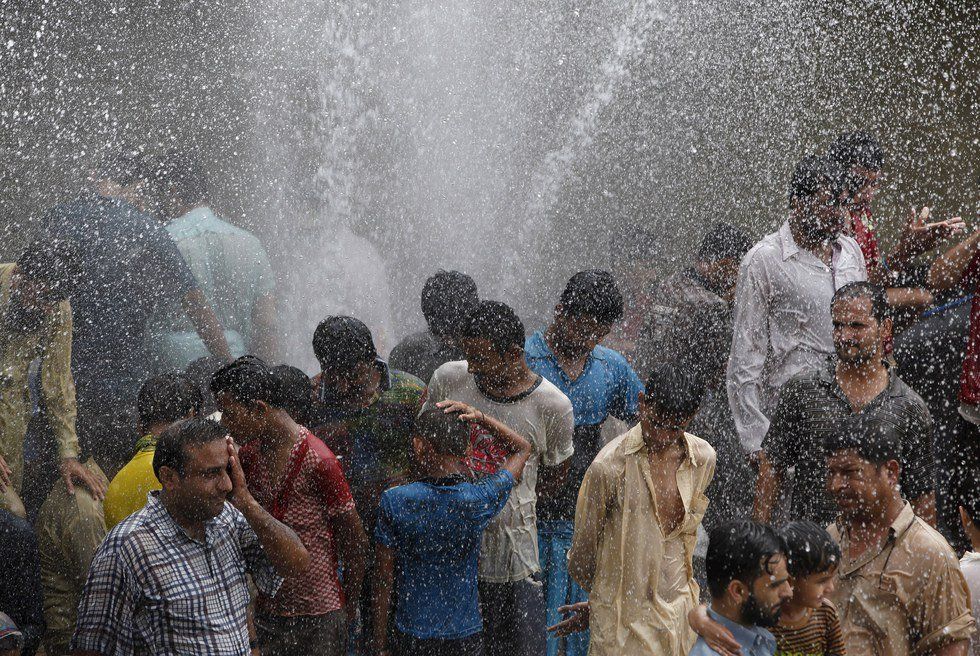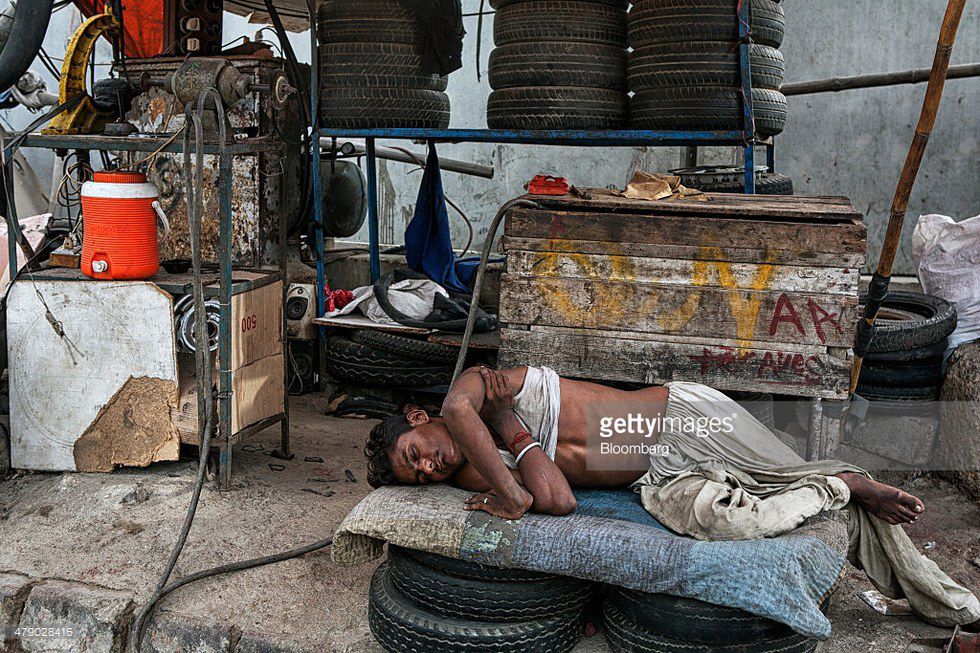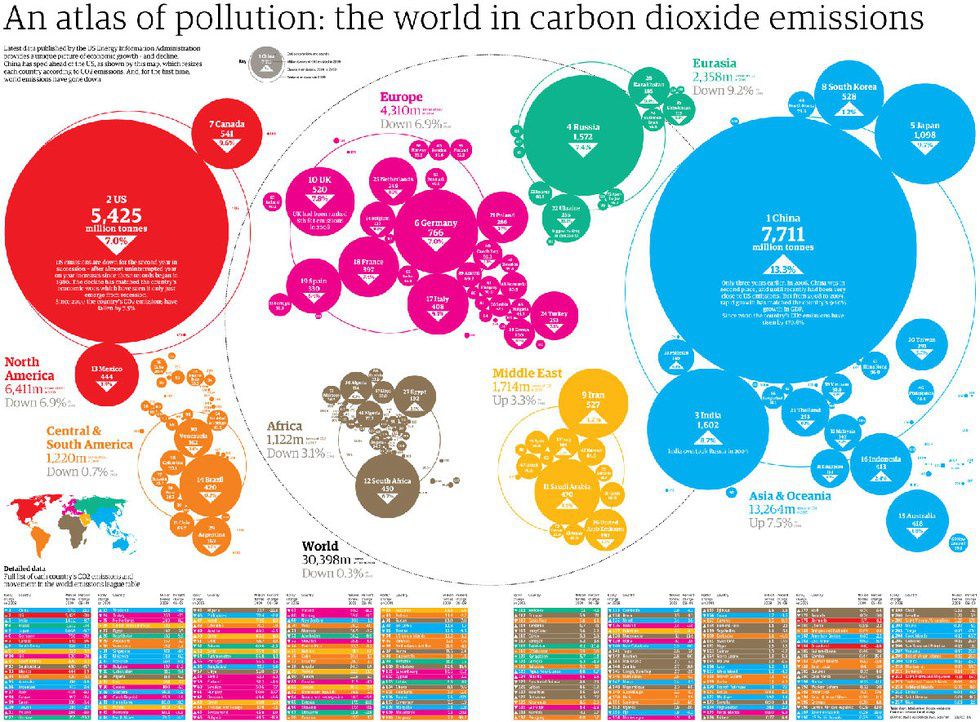The abnormally warm temperatures experienced by those in the United States have also reached parts of Europe and Asia. According to a press release by the United Nations World Meteorological Organization (WMO), “many parts of Europe have been impacted by a severe and unusually early heatwave since 27 June.” Similarly, a gripping heat has cloaked Southern China. Regarding this growing issue, Journalist Maria Gallucci remarks in a recent article that “global warming is making extreme heat events more frequent and severe, with many communities still unprepared to deal with the worsening effects.” Communities including Karachi, Pakistan.
Extreme heat in Pakistan is not a new phenomenon, but the recent heat wave that overtook Karachi has taken its toll. Reports as of July 2 claim as many as 1,300 lives have been lost and more than 14,000 people have been sent to government and private hospitals. Having a limited capacity and resources available, both cemeteries and hospitals have run out of space to accommodate the sick and dying. As a result, morgues and cemeteries have begun to turn people away, and as many as 260 bodies have been left unidentified.
The death toll continues to rise above 1,000, making it Karachi’s worst heatwave in nearly three decades. Seeing as the city has experienced such extreme temperatures in the past, however, prompts the question: Why did so many die in this one? In order to answer this question, one first needs to understand what happens to the human body when under extreme heat. The body’s “normal core temperature is 37-38C” (approx. 98.6-100 F) states another BBC article. When a human body reaches 39-40C, the muscles begin to slow down and fatigue ensues. Once the body temperature crosses the threshold of 40C (104F), one becomes susceptible to heat exhaustion. At 40C, the chemical makeup of the body is endangered, for “the cells inside the body deteriorate and there is a risk of multiple organ failure.” The temperature forecast for the heatwave peak in Karachi was 43C.
With such high temperatures, “the weakest and most vulnerable” were those who suffered the most. Of the hundreds of unidentified bodies, officials believe a majority were homeless, states a recent BBC article. According to the New York Times, as the government’s immediate response to the crisis was to urge residents to conserve electricity, lower-income areas faced prolonged, unannounced power outages. With a GDP per capita of approximately $4,700 per person (compared to $54,800 in the U.S.), Pakistan's economy simply doesn't allow for air conditioning, fans, or weather reports.
Unfortunately, heat waves will only continue to appear as the earth's temperature increases. A study published by the journal “Nature Climate Change” notes that heat waves are occurring four times as often as they did before the use of greenhouse gasses. The study states that “significant trends in temperature and precipitation extremes over recent decades have been observed and attributed to human influence.”
Reto Knutti, a professor at the Zurich Institute and a conductor of the study states in an interview that: "These are crisis conditions that even developed countries like the United States face. When we have extreme heat waves, it puts pressure on the grid [...] but we’re lucky to have adequate supplies and are able to meet demand. In Pakistan, this literally causes the infrastructure to crumble.”
In other words, unless countries and individuals alike change their behavior, this issue will only get worse. The question is, when will change become a universal goal?























